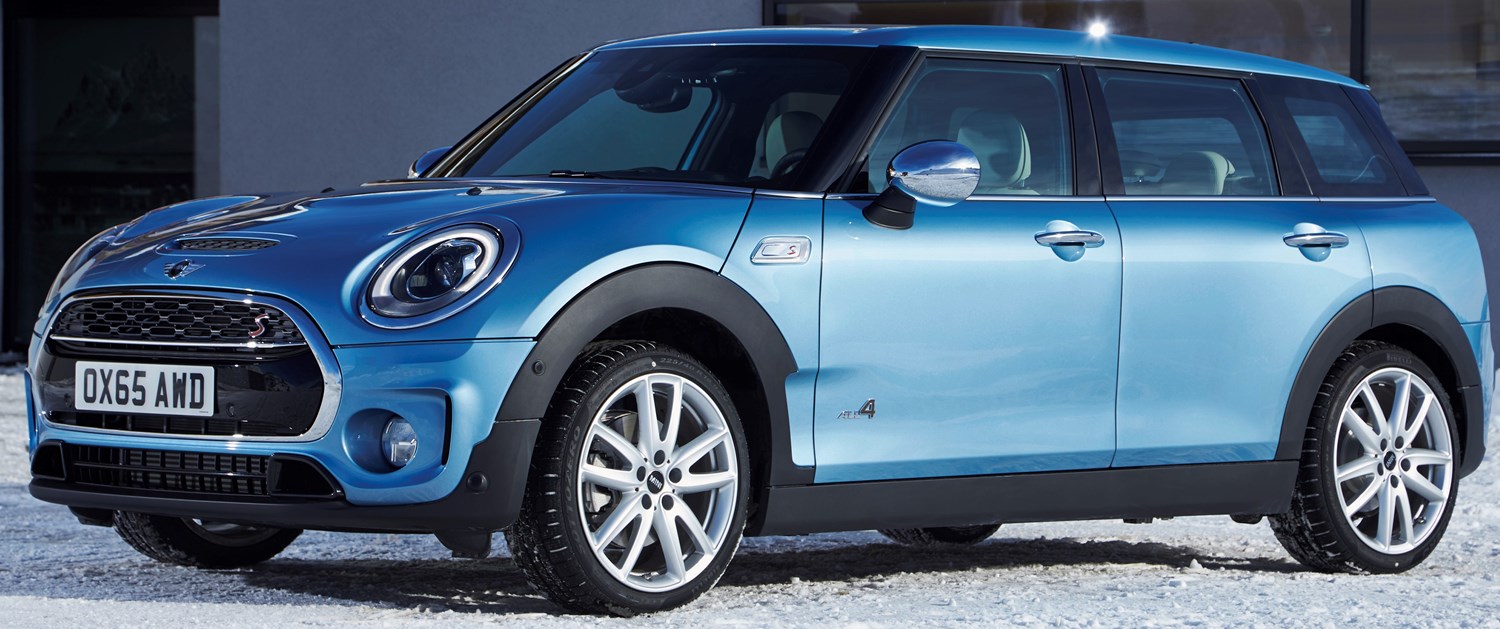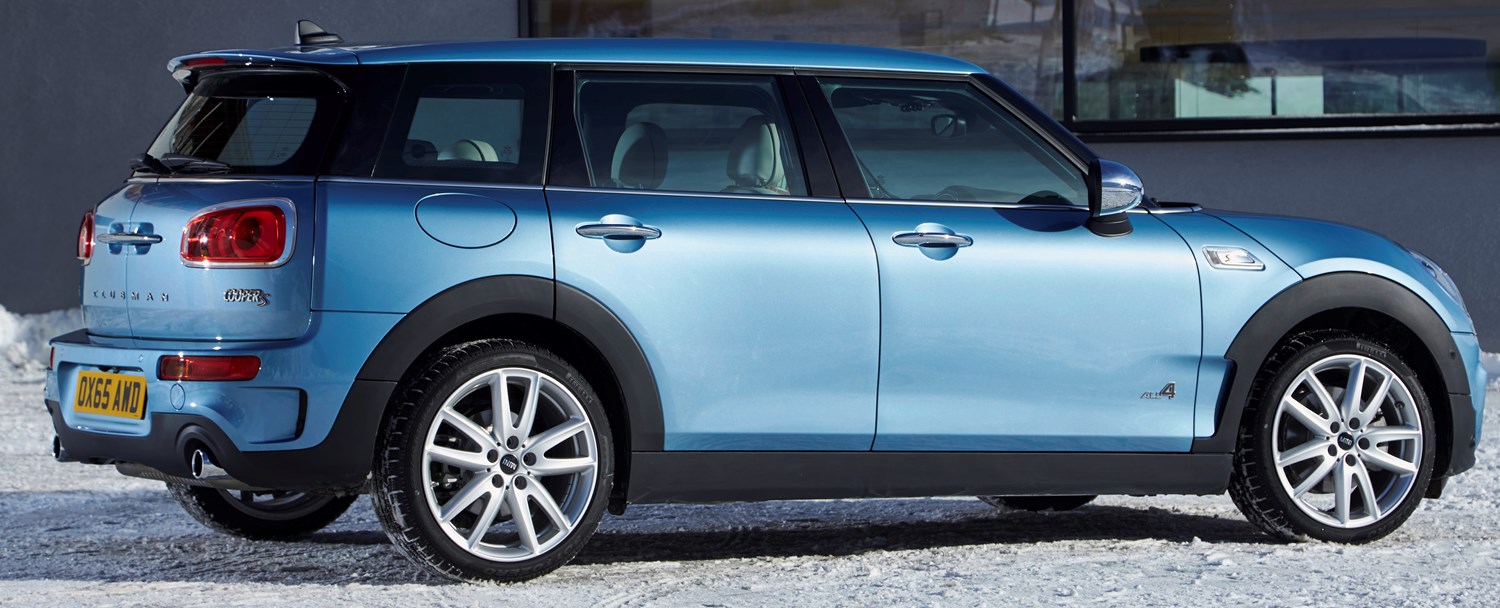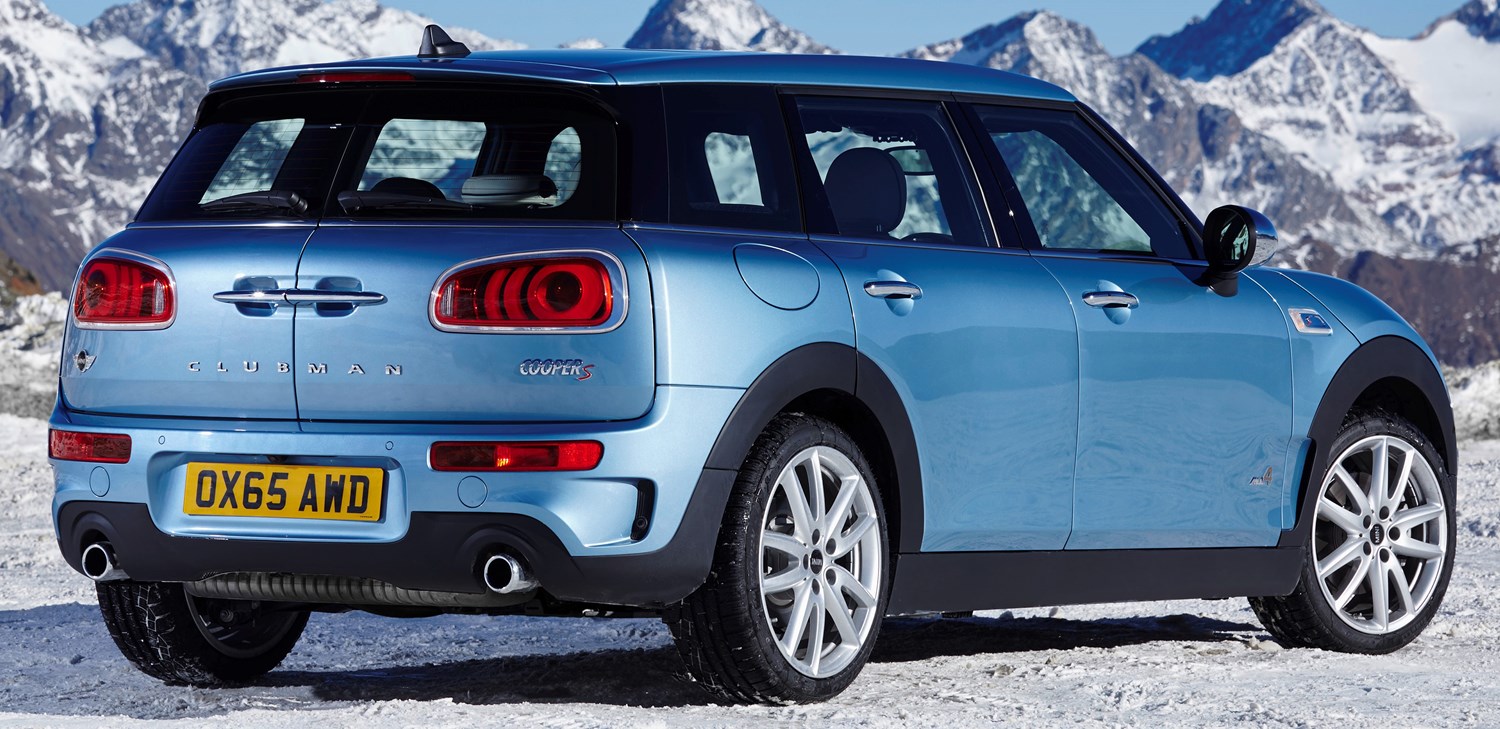Space and practicality
This is the area that the Clubman aims to impress. Bigger than ever before, it looks to give people the levels of practicality that just can’t be achieved in the smaller hatch. As such, you get 360 litres of boot space as standard, which rises to 1,250 litres with the rear seats folded flat. The boot floor also sits completely flush with the boot lip, which makes loading larger items into the rear of the car a lot easier.
Though it looks quite long in appearance, the Mini only just longer than a Volkswagen Golf. However, there’s a decent amount of legroom in the back, while those up front have plenty of space and a good forward view thanks to a wide windscreen.
Engines
There’s a good range of engines offered with the current Mini Clubman, with all of them offering good levels of economy and power. The smallest engine in the range is a four-cylinder petrol, which produces 102bhp and 180Nm of torque. It’s still happy to reach 60mph in 10.9 seconds, and will hit a top speed of 115mph.
You’ll also see an impressive combined economy figure of 55.4mpg, as well as emissions of 119g/km CO2. If you’re after the best fuel efficiency, then the four-cylinder petrol is your best bet, as it’ll return 74.3mpg and emit just 99g/km CO2.
Up next is the four-cylinder 1.5-litre turbocharged engine found in Cooper models. This produces 136bhp and 220Nm torque, while fuel consumption sits at 55.4mpg combined and emissions at 118g/km CO2. It’ll hit 60mph in a respectable 8.9 seconds. Again, there’s a diesel option with the Cooper D Clubman. This reaches 60mph quicker than the petrol in 8.4 seconds, but economy is up at 68.9mpg combined.
Finally, the 2.0-litre turbocharged engine in the Cooper S sits at the top of the range. It puts out 190bhp and 280Nm of torque, allowing it to reach 60mph in just seven seconds. It’s quite a lot of performance for a standard family car, and it certainly makes for an invigorating drive.
This new wave of engines brings a lot more economy, without losing any performance. It’s also worth noting that within the Mini range, more often than not the diesels are level-pegging with the petrol units in their speed to 60mph.
Running costs
Running costs for the Clubman shouldn’t be too bad, with the aforementioned engines helping to fuel costs down. Of course, opt for a more powerful petrol engine and you’ll spend a bit longer at the pump, but most units serve up decent economy.
Costs for consumables like tyres and brakes will be higher on sports models, with these riding on larger wheels – and therefore more rubber. Mini’s do tend to scrub the tread off the front tyres quicker than the rears, too.
If you’re looking to keep road tax costs down, then the diesel variants are the safest bet as these have impressively low CO2 figures. The One D Clubman, for instance, drops below the all-important 100g/km CO2 level, ensuring that tax costs aren’t too high. Insurance premiums will be a little higher than with other rivals, however, owing to the Mini’s high output and desirable nature.


